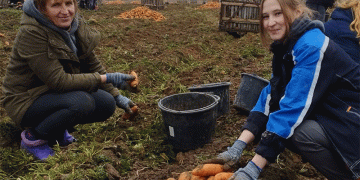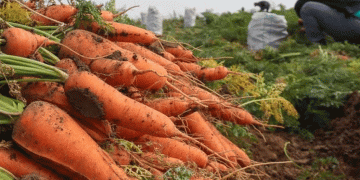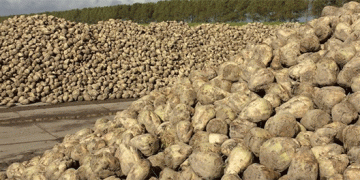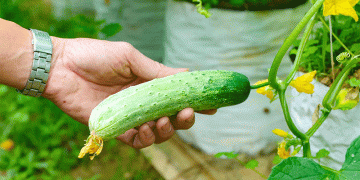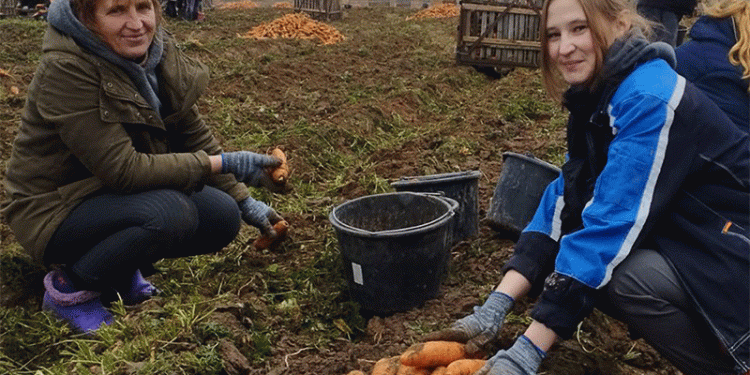The Mogilev region, a key agricultural hub in Belarus, is in the final stages of a remarkably productive root vegetable harvest. Initial reports indicate a substantial increase in yields, with the region aiming to produce at least 500,000 tons of sugar beet, a significant jump from the typical annual production of around 400,000 tons. This ambitious target is supported by strong performance in individual farms. For instance, at the OJSC “Firma ‘Kadino'” enterprise, carrot yields have reached 250 centners per hectare (25 metric tons/ha), up from 200 centners/ha last year, while table beet yields have surged to 450 centners per hectare (45 metric tons/ha) from 350 centners/ha in 2024. This impressive growth is attributed not just to favorable weather but to a concerted focus on refining technological processes and adhering to strict agricultural protocols.
The Drivers of Success: Precision, Scale, and Mobilized Labor
The surge in productivity in Mogilev offers a compelling blueprint for efficient large-scale vegetable production. The region has dedicated 12,000 hectares to sugar beet cultivation alone, managed by a mix of large-scale processors like the Slutsk Sugar Refinery and local farms. The yield increases reported by “Firma ‘Kadino'” are extraordinary. For context, the average carrot yield in the European Union is approximately 40-45 tons per hectare, making their achievement of 65 tons per hectare a testament to superior agronomic management. This success is underpinned by a disciplined approach to technology, suggesting improvements in soil preparation, precision planting, nutrient management, and pest control.
Furthermore, the harvest showcases a unique and highly effective labor model. To overcome the challenge of timely harvesting, the enterprise has implemented a two-shift system that mobilizes a diverse workforce. This includes city residents, workers from local organizations, and students from Mogilev colleges, all coordinated to ensure the crop is gathered swiftly before adverse weather can cause losses. This community-based approach, while specific to the region, highlights the critical importance of logistical planning and labor availability during peak agricultural periods. The remaining harvest, estimated at just 25% of the planted area for carrots and beets, is expected to be completed within a week, demonstrating the efficiency of this mobilized effort.
A Model of Integrated Agricultural Management
The ongoing harvest in the Mogilev region is more than a seasonal event; it is a powerful case study in modern agricultural success. It demonstrates that surpassing average yields requires a multi-faceted strategy: precision agronomy to optimize every input, strategic scale to justify investments and manage land effectively, and robust logistics to execute the harvest efficiently. For farmers and agronomists globally, the key takeaway is that consistent attention to technological detail—”constantly improving technological processes,” as noted by the farm’s deputy director—can yield dramatic returns, even on already productive land.
The Mogilev model proves that exceptional results are achieved when favorable conditions are leveraged through disciplined execution and coordinated effort. This approach ensures not only regional self-sufficiency, as the local agriculture department confirms sufficient production for the state reserve, but also sets a new benchmark for root vegetable productivity that other regions can aspire to.
